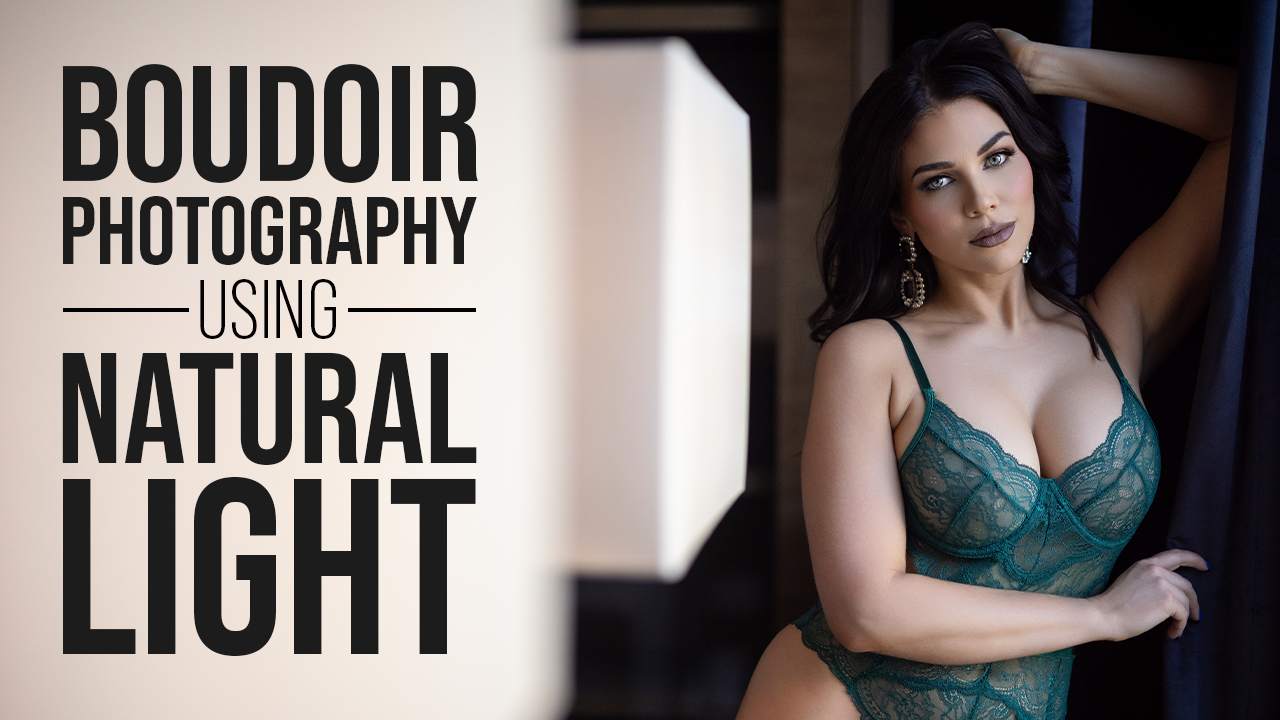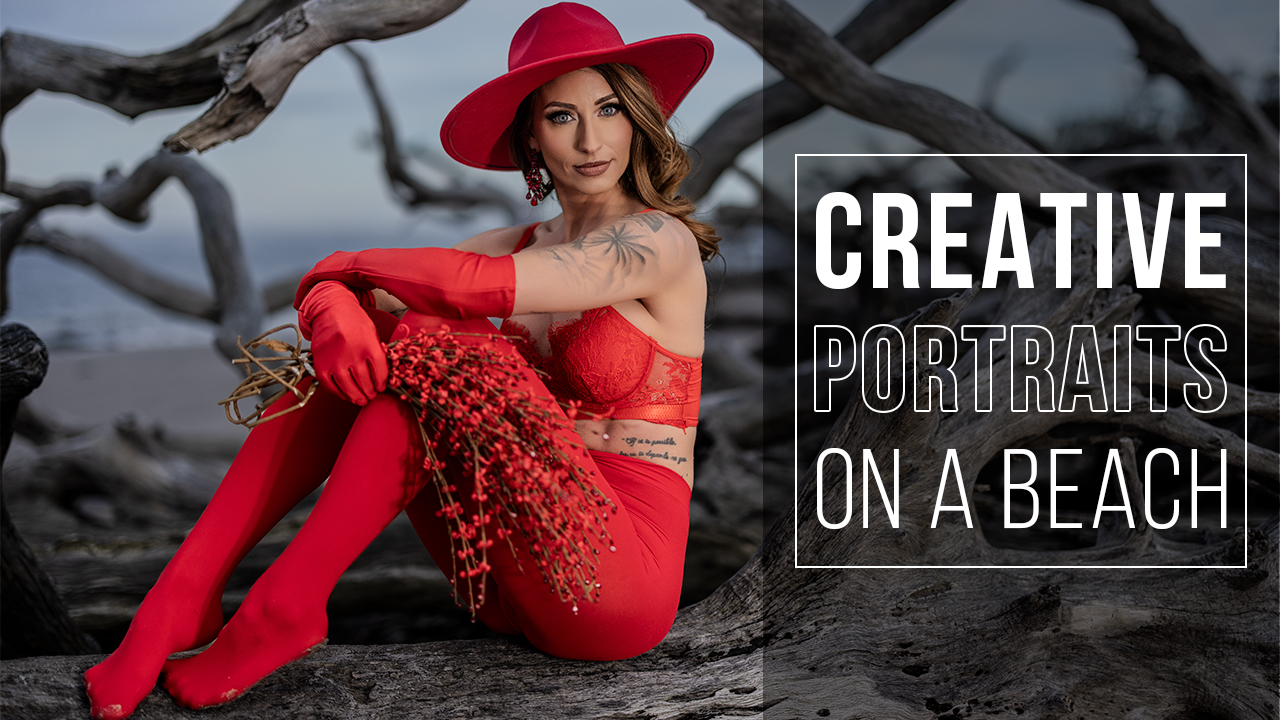12 Elements of Business with Bryan Welsh and Lisa Dillon
Have you ever thought to yourself, I don’t understand how to market my photography. Why does it need to be so hard? Well, good news! The principles of marketing can be unlocked using the same 12 Elements you use to create your photography. For far too long, the creative industry has labored under the notion that the creative process and business principles are independent and unrelated. This article will give you the tools so you’ll never again say, “I don’t understand the marketing and business principles my photography business needs.”
For this process to work, we need to establish our foundation. Let us introduce you to the 12 Elements of a Quality Image. These elements are the building blocks that have been present for centuries in the art world in one form or another, and are still used in modern-day image competitions at the highest levels.
THE 12 ELEMENTS ARE:
- Impact
- Creativity
- Style
- Composition
- Center of Interest
- Storytelling
- Subject Matter
- Technical Excellence
- Color Balance
- Lighting
- Presentation
- Technique
As you look over this list, we’re sure you understand how each of these elements works artistically, but do you see the correlation to the business and marketing of your photography? If not, don’t worry—we will unlock each of these elements, and you will see them in a new light.
IMPACT
First, let’s look at Impact. We can all agree that you want to create images with Impact—images that take the breath away and emotionally connect with the viewer. This powerful element, with its ability to create connection, is the best place to start in building your business. If you try to connect to everybody in your community, you’ll need to have a brand so watered down that it will be void of Impact, lacking that strong, essential connection to your ideal customer.
Finding how and where you make this Impact is job one, and to do so, you must ask yourself some simple questions: What are you known for? What emotions do people feel when they view your photography? What do you stand for? These are just a few of the questions to ask as you start the Impact section.
Another way to think about Impact is to think of it as your “why.” Why are you doing this? What drives you to get up every morning? What do you hope to accomplish with your photography? Why this and not another profession? These are profound questions that will take deliberate energy to answer. Don’t short-arm and gloss over this part of the process. The answers to these questions will drive everything about your business and marketing structure. When you find your “why” and discover how your images and business can make an Impact, you are well on your way to answering the following marketing, branding and business questions.
CREATIVITY AND STYLE
Next in the 12 Elements breakdown are Creativity and Style. First up, make sure you have a recognizable Style and can tap into your Creativity. Wouldn’t you agree your best work has your signature style infused into it? It becomes so evident that people say things like, “This has to be your work” or, “I knew it was from [insert your name here] Photography.” If you have spent time on any number of photography forums, I’m sure you have seen others ask, “Tell me exactly how to do [X, Y, Z].”
Instead, we would ask you to think about how you can be unique and have a distinct way of doing things instead of just copying what someone else is already doing. In business terms, this is your Unique Selling Proposition (USP). This area takes introspection and a deeper understanding of your business and especially your ideal client. Your USP will determine whom and how you serve. You need to clearly understand and recognize whom your ideal client is so that you can market to them specifically. If you are marketing to everyone, you’re really marketing to no one, because you can’t give the right messages to the right people when you are using a broad marketing brush. Understanding your USP and your ideal client is essential so that you can separate yourself from all the other companies and photographers in your area. Ask yourself questions like: What products or services does my market need and desire that I can be known for as the very best provider? What pain points do my ideal clients have, and how can I serve them so well that I will develop a magnetic connection with them?
If you fail to develop your business’s Creativity and Style, you will only be seen as a “Me, Also” brand. Without a strong and recognizable sense of Creativity and Style, it will be nearly impossible to separate yourself from other photography brands. Perhaps your artistic style is your USP, but you may have other elements of your business that constitute it. Some photographers work with their labs to create special finishes or product lines exclusive to their studios. Or, you may work with a designer to create a signature background, in which case your images will be instantly recognizable for your customization. Maybe your USP comes in yet a different way—you may be the type who gives exceptional customer service such as installing large wall portraits for your clients or working with their interior decorator to select the perfect sizes and frames. You need to understand your clients’ needs so well that you can speak their own private language back to them, even to the point of being able to communicate in nonverbal ways with product lines, customer service, packaging, and business structure. For example, does your client prefer to connect with you via text? Social media message? Email? Phone call? Knowing this kind of information will give you an edge in not just meeting but exceeding your clients’ expectations.
COMPOSITION AND CENTER OF INTEREST
Whom do you serve, and how do you find them? In photography, we use Composition and Center of Interest to identify where the viewer looks and what grabs their attention. Composition is key, whether it’s where you place the main subjects or the use of leading lines to draw the viewer’s energy to your exact intended target. Positioning your brand in the ideal locations and in front of your ideal clients is the same principle. Once again, ask yourself some questions to help expand on this principle: Is my brand and business in the areas that my clients are drawn to? Do my brand and company have the right mix of products that ideal clients see themselves purchasing?
Seth Godin talks about how “People like us do things like this.” Find your people, and they will be loyal clients to your brand and business. But you can’t stop there—you need to find them and then provide them with what they want. Finding your client is Composition. Finding out what they need/want is Center of Interest. Finding your ideal client is also about doing a deep dive into your own personality and business style. If you are not comfortable in the affluent world, do not target the very wealthy as your ideal clients. If you are not interested in sports, don’t position yourself as a sports photographer. This may seem obvious, but you’d be surprised how many people try to target audiences that they do not relate to at all, and then they wonder why they aren’t successful. Choose your ideal client carefully so that you can create a natural and sustainable relationship with them.
STORYTELLING AND SUBJECT MATTER
Have you ever met someone and felt like you’ve always known them? Well, that’s exactly your next step—once you find the style of your client, you need to talk to them in such a way that no other voice or message gets their attention. You can accomplish this using the elements of Storytelling and Subject Matter. Talk to your clients in your marketing messages so they know you are part of their tribe and part of their community. Talk to them in a much more personal way—go beyond just discussing your physical product. Go deep and talk to them about how your product can make them feel and what it can do for them now and in the future. Tell them a story to take them on an emotional journey—identify their villains and tell them how you can help them solve their problems.
Connect with your clients personally and by establishing yourself as an expert in a genre through identifying your Subject Matter. Are you a baby photographer? Wedding photographer? Commercial photographer? Landscape photographer? What is it your clients identify with your brand as your preferred Subject Matter? Tell your clients a consistent story and identify a consistent look and feel, and you will become the emotional choice of those you set out to serve. Speak to them in a language they understand, and you will become one of them. Many successful photographers achieve this by narrowing their field of specialty, or creating a “niche” business. Specializing in a given area means that you can produce more consistent results and hone your style even more clearly. It also means that you can charge higher prices, because you are specialized and have specialized training and equipment. Specialization also helps you repel clients (don’t worry—it’s a good thing!) who aren’t a good fit—if you are a pet photographer and your website reflects that, you won’t be attracting people who are looking for a wedding photographer or a newborn photographer. That means you won’t be spending your valuable marketing time on answering questions from clients who clearly aren’t your target market. It also means that you won’t end up accepting a job from a client for whom you have no processes in place.
TECHNICAL EXCELLENCE, PRESENTATION, COLOR BALANCE, LIGHTING AND TECHNIQUE
Now that you have done all of this hard work outlined above, let’s connect you to the last group of elements. The Elements of Technical Excellence, Presentation, Color Balance, Lighting, and Technique can be grouped under the label “Proficiency.” Your brand and your business must have Technical Excellence for you to be a premium brand. Presentation begins with the boxes, bags and website of your brand, but it goes deeper and needs to encompass all the other customer-facing elements so that your message, product and brand are all held together in a congruent story. Think of it as the glue that holds all those touchpoints together. You need to exhibit a deep level of skill in your Color Balance, Lighting, and Technique, or your clients won’t trust that you can deliver consistently, time after time. You have worked too hard to create Impact, differentiate yourself with your Creativity and Style, identify your clients with Composition and Center of Interest, and craft your message with Storytelling and Subject Matter for it to all fall apart in this last section of the 12 Elements. Invest in quality equipment both for capture and after-capture. Stay abreast of new trends, but also make sure you master traditional lighting styles and patterns. Attend classes and conventions and workshops to improve your skills. These are all ways to sharpen your proficiency and make your business irresistible to your ideal client.
In this article, we’ve given you an overview of how the 12 Elements of a Quality Image can be a model or blueprint for your marketing, branding, and business. I encourage you to do the work on each section. Dig deep into your elements and make this a journey of discovery that is very personal and uniquely you. Use this article as inspiration, but then go create your art, your brand, and your business, and you will thrive.




